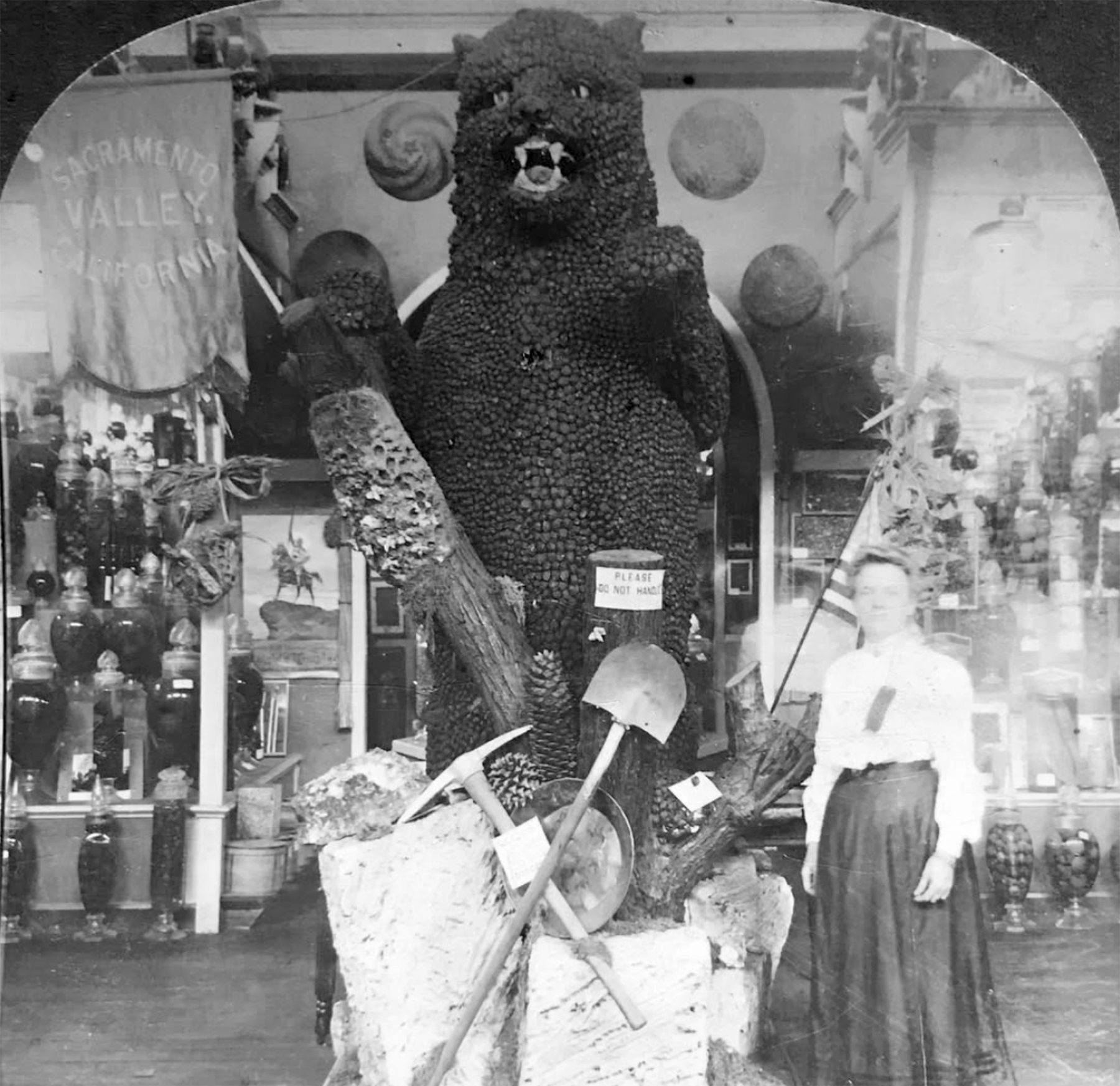Interviewing on Location
Introducing new voices to your audio narrative through interviews is a great way to change the tone and rhythm of your recording, add new perspectives to your subject matter and make findings more nuanced. While you can interview people anywhere, the same principles of embodiment also apply to interviewees when you record people in the locations they are discussing.
Examples might be interviewing an animal scientist at a certain spot in a trail where they had an encounter, talking to a business owner in the public facing side of their business and then the back room to see if the setting makes them think of different things, or interviewing canoe maker inside their studio. While interviewing people in uncontrolled or semi-controlled environments presents the possibility of noise pollution interfering with your interview, being on location will often trigger memories and associations that a clinical recording environment might not.
✺
In a Norwegian paper titled Exploring The Impact of Interview Location on Knowledge Development,7 researchers spoke with 22 cancer survivors, asking them the same set of questions in three separate groups; one at their homes, one in a cancer treatment center and one in at the university where the interviewers were employed. Respectively, this prompted interviews that focused heavily on survivor’s post-cancer lives and family, interviewees having a much more visceral and detailed memories of the medical and institutional aspects of their treatment and interviewees who tended to focus on the impact of the illness in their own work life, putting themselves empathetically in the shoes of their interviewers at the university.
Example

This excerpt was part of a public history series that I produced a while ago that explored the history of an area through labor, agriculture and architecture. This particular show was looking at the history of the Oregon prune industry (the ultimately defeated rival to California’s raisin industry) by researching a giant, animatronic bear covered in prunes that was a display for the industry as a part of the 1905 Lewis and Clark Centennial Exposition. The bear moved mechanically and was able roar thanks to a phonograph located somewhere inside of it. In this short audio excerpt, I am interviewing third generation orchardist Jenna Fischer inside her grandfather’s 100 year old prune drying barn, which acts a little like a giant oven. Touring the area and interacting with the different tools brings back happy childhood memories for Fischer:
As you can tell from the last recording, interviewing on location has it’s difficulties: Fischer moves away from the microphone at times and there are sometimes noises that come from moving around while speaking that you may have to work on during the editing process.
Helpful Guides
Radio producer Jay Allison has a great guide to the basics of interviewing 8 people in these uncontrolled or semi-controlled spaces, such as recording at an interviewee’s house–where innocuous objects like “air conditioners, fluorescent lights, refrigerators” can tamper with recording quality. Teacher and radio producer Rob Rosenthal also has a wealth of great articles on the Transom.org site regarding setting a good tone with interviewees, being mindful of your own speech that may trip you up later on in the edit and interesting thoughts around structuring your interview questions like a good story 9 to yield the best narrative results.
✺